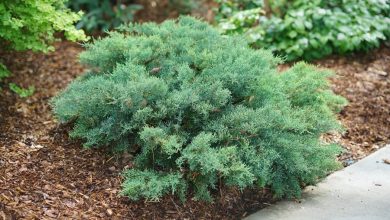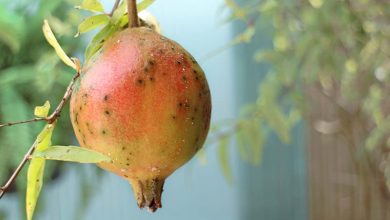Neem oil What is it and how to use neem insecticide in the garden?
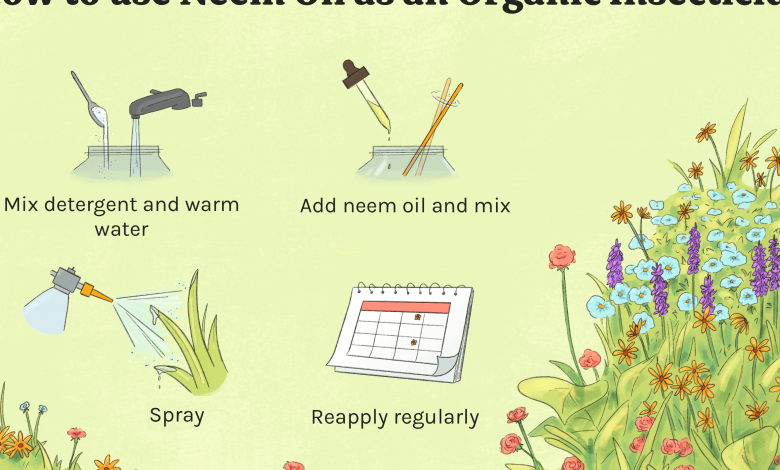
Neem oil is an ecological insecticide that is used to combat some of the most common garden pests. But… where does neem oil come from and why is it a natural pesticide?
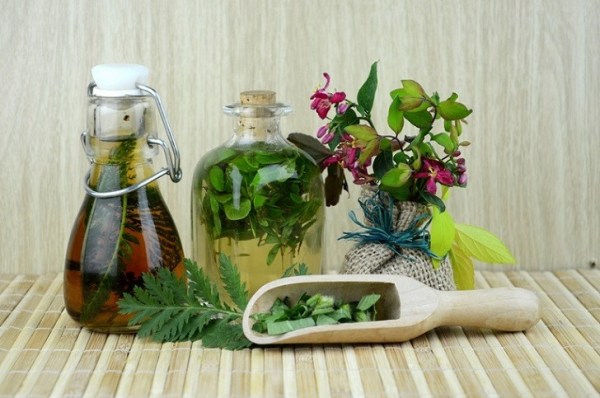
Neem oil is a plant insecticide. It is obtained from a medicinal tree that, in addition, has other uses for the beauty of the skin and the improvement of health. In today’s post we will talk about how neem oil is obtained, what its benefits are and how to use neem in the garden as a homemade repellent for pests.
What is neem oil and what is it used for?
Neem oil is an active substance from the seeds of Azadirachta indica (neem or neem tree), a perennial and tropical tree, also known as margosa or Indian lilac that can live for more than 200 years.
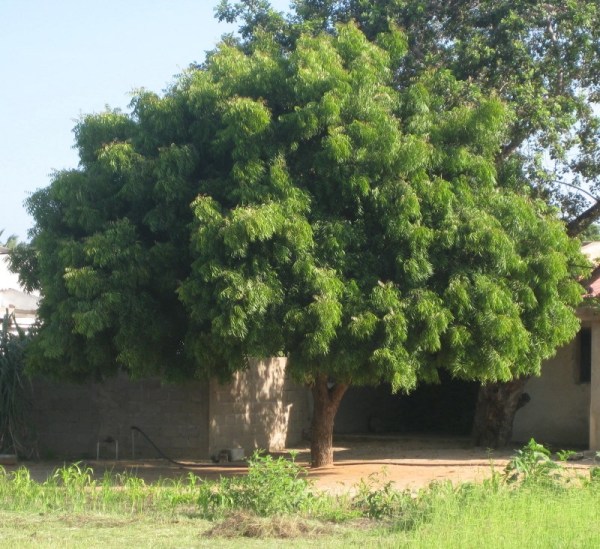
The neem tree is native to the dry forests of India, Pakistan, Malaysia, and Indonesia, but it also grows and adapts well in tropical and subtropical climates. It is well known for its insecticidal properties and is used for the ecological treatment of agricultural and forest pests. In addition, this plant has medicinal and pharmacological uses, which is why many countries have made the effort to import it and, currently, the neem tree is present in more than 80 countries around the world, especially in Asia, Africa, Central America. and from the South.
The neem tree is medium or large in size, between 15 to 20 meters tall and about 30-80 cm in trunk diameter. It is a robust, evergreen, fast-growing tree with a rounded crown. It has elongated, pinnate leaves and small, white flowers that give rise to olive-shaped fruits (1.5-2 cm long) inside which are the seeds, from which neem oil is extracted.
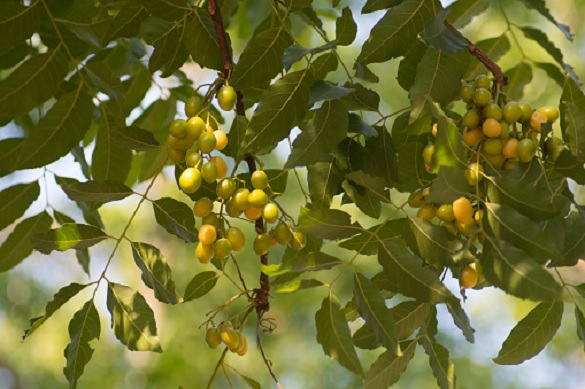
Although neem tree seed oil is the most valuable product for its medicinal and pesticide properties, the bark, leaves, and flowers of the neem tree are also a source of numerous insecticidal, medicinal, or health-beneficial active ingredients., as antioxidants, antibacterials or expectorants.
Properties of neem oil as an insecticide for plants
The neem tree contains several insecticidal substances, among which azadirachtin stands out, a very effective active compound to fight against the main garden pests such as aphids, whiteflies, mealybugs and various types of caterpillars, larvae and pupae of lepidoptera such as butterflies and moths.
Azadirachtin and its derivatives act as an insecticide because they are hormone inhibitors. This substance causes growth retardation and alters the metamorphosis of various types of insects. Azadirachtin causes a disorder in growth and molting hormones (in the case of Lepidoptera such as butterflies and moths) so that insects do not develop normally or have deformities in the wings, legs and other parts of the body..

Most of these effects of neem oil on insects are seen in the larval stages (caterpillars and larvae, for example, which feed on neem oil-treated leaves and do not fully develop), but azadirachtin also reduces the fertility of the adult females of some insects causing partial or total sterility of the eggs, an effect that is also due to hormonal imbalances.
There are other insecticidal substances from the neem tree, such as nimbines and salannines, which are insect repellant and have anti-feeding effects. The repellent effect of these substances is such that some affected insects prefer to die rather than feed on leaves treated with neem.
Neem is a non- selective natural insecticide, that is, it has a broad spectrum and can act against many types of insects. Insect pests of the orders Lepidoptera (butterflies and moths, as well as caterpillars before metamorphosis), Coleoptera (weevils, beetle larvae…), Homoptera (aphids, mealybugs and leafhoppers), Heteroptera (bugs) or even nematodes from the soil, they can be effectively treated with neem oil or homemade preparations.
Additionally, some of the components of neem leaves and seeds have been shown to have antifungal and antibacterial properties, so this organic remedy can also be used to treat and prevent diseases caused by garden fungi such as downy mildew, powdery mildew, and rust.
There are many benefits of using neem oil in the treatment of pests and diseases. This natural pesticide is an environmentally safe alternative that can replace conventional chemical insecticides or synthetic pesticides. In recent years, research has increased on the use of neem derivatives as part of integrated pest control and biological control, a set of environmentally friendly techniques to combat pests and diseases in an ecological and sustainable way (see *References at the end of the post).
Medicinal uses of neem tree
The use of neem oil in agriculture is one of the applications of this natural oil, but it is not the only one. Since ancient times, neem has also been used as a medicinal plant to treat multiple conditions, as well as for the production of natural cosmetics that improve the health of the skin and hair.
The bark of the neem tree is a source of numerous antioxidant, antibiotic and anti-inflammatory active ingredients, such as nimbine or margosine, and is used in the preparation of remedies that treat oral diseases, intestinal parasites and wounds or skin diseases, among others. stuff. The flowers are applied in poultices for dermatological conditions such as acne and headaches.
Due to its high content of antioxidants, decoctions and preparations with neem leaves are indicated in natural medicine to eliminate toxins, purify the blood and prevent aging, among other things. They are also a traditional remedy in rural communities in the tropics to treat insect and snake bites.
In addition, the flavonoids quercetin and sitosterol contained in neem leaves are powerful antioxidants that have been shown to have antibacterial, antiviral and antifungal properties, which is why they are also used to treat diseases such as bronchitis and other respiratory infections, flu, fungus in the mouth., bad breath, etc
There are many other pharmacological activities and beneficial properties of the neem tree, and several studies have already shown the enormous anticancer, antidiabetic, and neuroprotective potential of extracts from this antioxidant-rich medicinal plant.
How to use neem oil in the garden?
Focusing on the uses of the neem tree in organic farming, below we will see different natural remedies to eliminate garden pests from extracts of this plant.
To treat garden pests with neem, we can resort to seed oil (there are different formulations, with more or less concentration of Azadirachta), as well as home-made neem preparations made with its leaves, flowers or seeds.
It is important to know how to dilute neem oil or what dose is needed to kill an insect infestation. If we choose to use homemade repellents with macerated neem leaves or seeds, we must take certain precautions during preparation and application.
How to make homemade pest repellent or neem bioinsecticide
Neem extracts and powders to make homemade bioinsecticide are easy to prepare and apply, but we must have neem fruits and leaves to make them. These ecological insecticides can be used to combat both field pests and insects that affect fruits and seeds after harvest, in storage.
The first thing to make a bioinsecticide with neem is to dispose of neem leaves and seeds. The ripe (yellow) fruits must be collected and the pulp removed to extract the seed from inside. Wash the seeds and let them dry, together with the leaves, for 4-8 days (in the air but without direct sun).
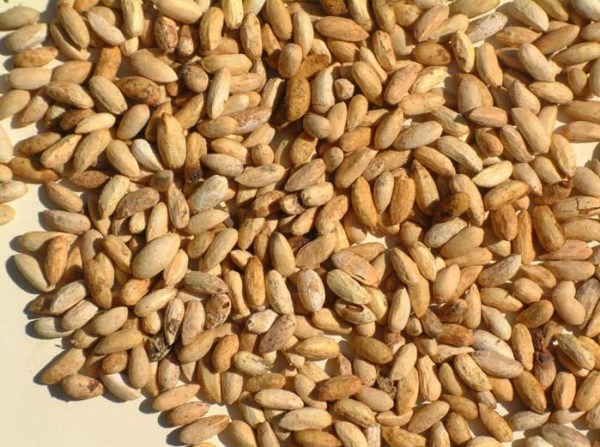
Once the seeds are very dry, remove the shell and grind the leaves and seeds until obtaining a powder or grit with a particle size of between 1 and 2 millimeters.
We can use the neem seed and leaf powder directly as a bioinsecticide or make the macerate or extract that we will see below. Sprinkling neem powder directly is very useful to protect grains and seeds (corn, legumes, etc.) from post-harvest pests such as weevils. An amount of about 30-50 g of this neem powder should be applied once a month for each kilo of grain or cereal stored.
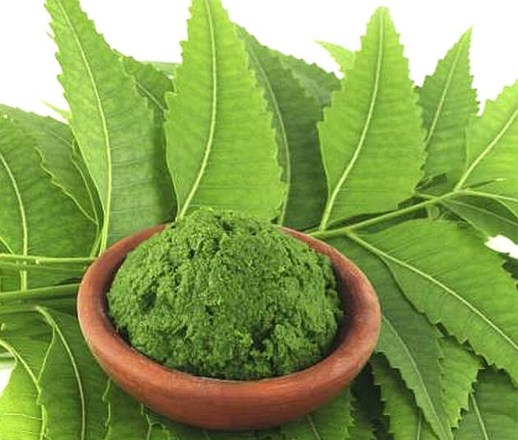
Another option is to obtain neem extracts, preparations rich in azadirachtin and other insecticide substances that are extracted by maceration of the powder of leaves and/or seeds in water or alcohol.
Mix 400 grams of neem leaf powder or 100 grams of ground seed with a liter of water (or with half a liter of water + half a liter of methanol). Let stand for 24 hours and then filter to separate the residue or solid part of the liquid. The liquid fraction is the natural insecticide that contains the neem extract and that can be sprayed, after prior dilution, on the plants in the garden.
To make the homemade bioinsecticide, we must dilute 20-30 milliliters of the neem seed extract, or 80-100 ml of the leaf powder extract, in 1 liter of water. (If the neem extract has been made using leaf and seed powder together, we should use an intermediate amount to make the homemade insecticide, about 50-60 ml of extract per liter of water).
Using neem oil as an insecticide
If we do not have a neem tree to make the homemade bioinsecticide or we cannot acquire its leaves and fruits, another option is to buy the seed extract or neem oil. Commercial neem oil can be found at any garden store and on numerous online sales sites (pure cold-pressed neem oil is best).
But… how is neem oil applied to plants? To use neem oil as an insecticide we must first dilute it in water. To facilitate mixing, it is important to add an emulsifier (such as potassium soap, which is also one of the best organic remedies against garden pests).
To make homemade insecticide with a concentration of 0.5% neem, we will mix 5 ml of neem oil (a teaspoon) with 3-5 ml of potassium soap or another ecological emulsifier and 1 liter of water. Spray the neem insecticide on the plants every 4-5 days until the pest is gone. Even if there are no pests or diseases, the insecticide with neem oil can be applied every 15 days as a preventive treatment so that the plants in the garden grow healthier and stronger.
References
- Brechelt, A., 1992. The NIM Tree – History and Prospects for a Multi-Use Plant. Caribean Food Crops Society, Proceedings of the 28th Annual Meeting. Agricultural Development Foundation. Dominican Republic.
- Cruz Fernández, M. & Del Ángel Sánchez, R., 2004. The neem tree, establishment and use in the Huasteca potosina. INIFAP-CIRNE. Ebony Experimental Field. Technical Brochure No. 3, Mexico. National Institute of Forestry, Agricultural and Livestock Research, Mexico.
- Arias, D. et al., 2009. Determination of Azadirachtin from essential oils of the Neem tree (Azadirachta Indica). UC ENGINEERING Magazine, vol. 16 (3), p. 22-26. University of Carabobo, Venezuela.
- Alzohair, MA, 2016. Therapeutics Role of Azadirachta indica (Neem) and Their Active Constituents in Diseases Prevention and Treatment. Evidence-based Complementary and Alternative Medicine, vol. 2016, Article ID 7382506.
- Benelli, G. et al., 2016. Neem (Azadirachta indica): towards the ideal insecticide? Natural Product Research, Vol. 31 (4), p. 369-386.

![Photo of Ocean Climate: [Characteristics, Flora, Fauna and Adaptability]](https://www.complete-gardening.com/wp-content/uploads/2022/08/Que-es-el-clima-oceanico-300x208-1.jpg)

